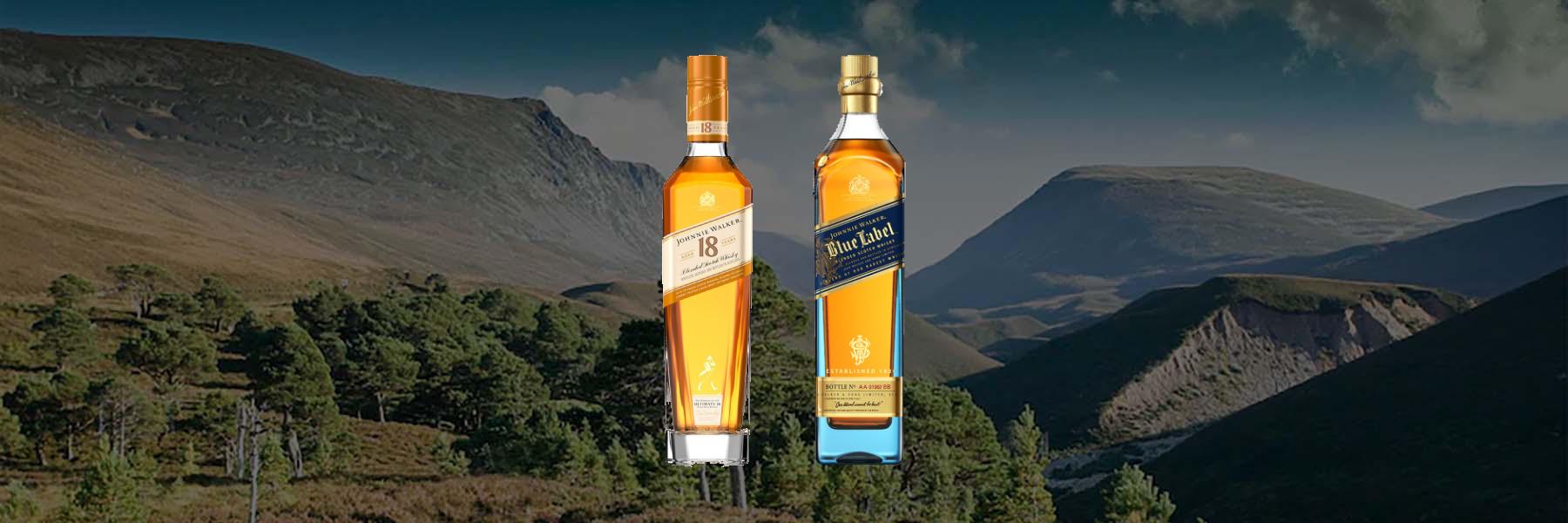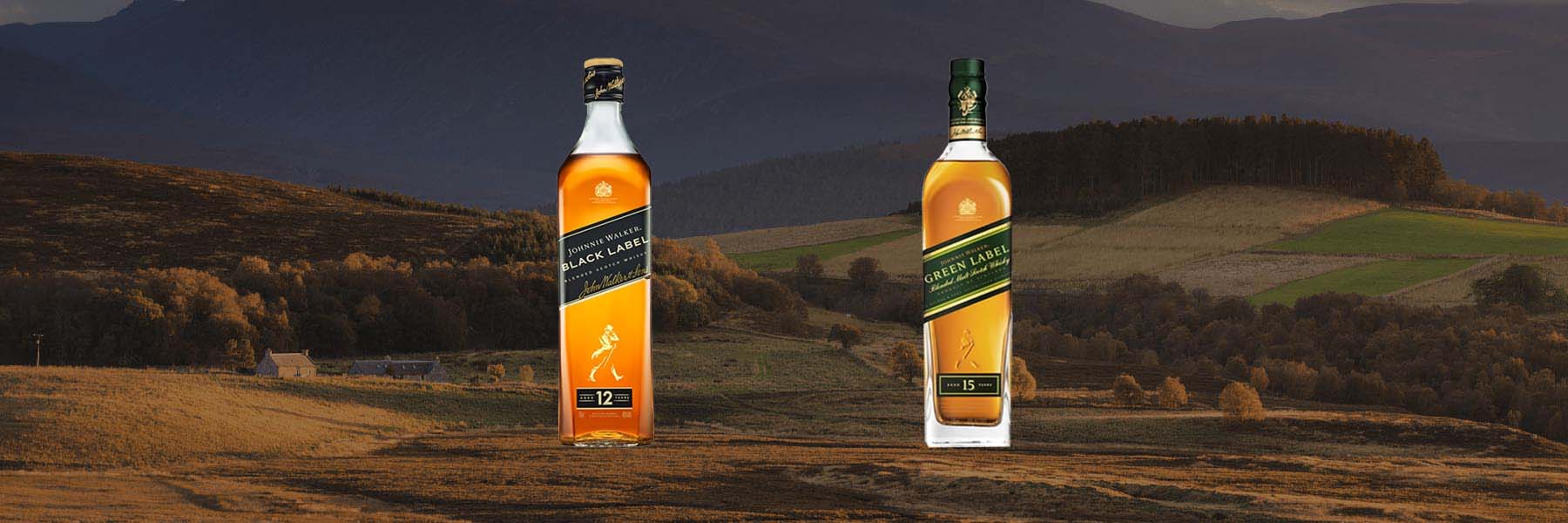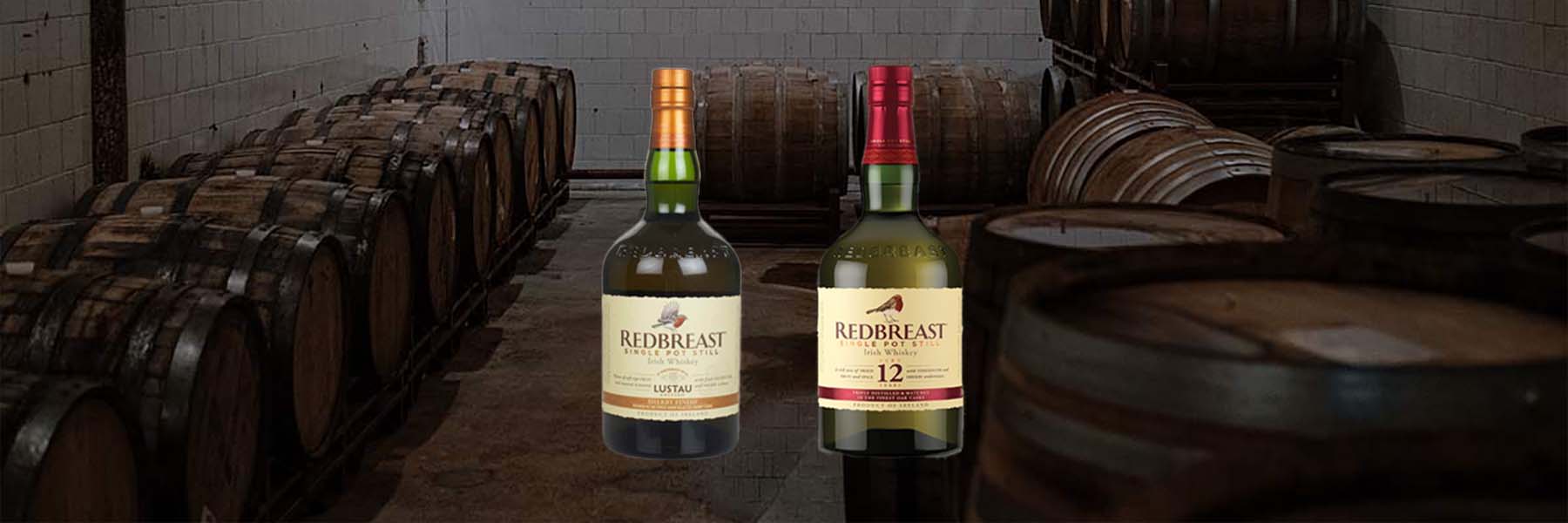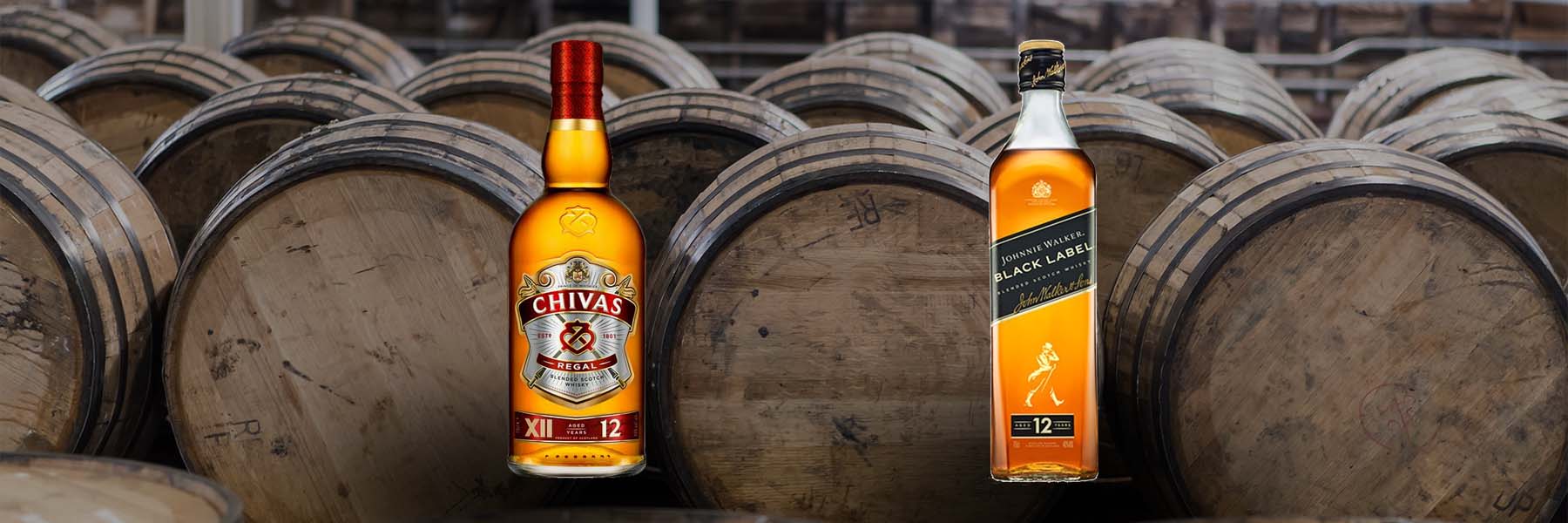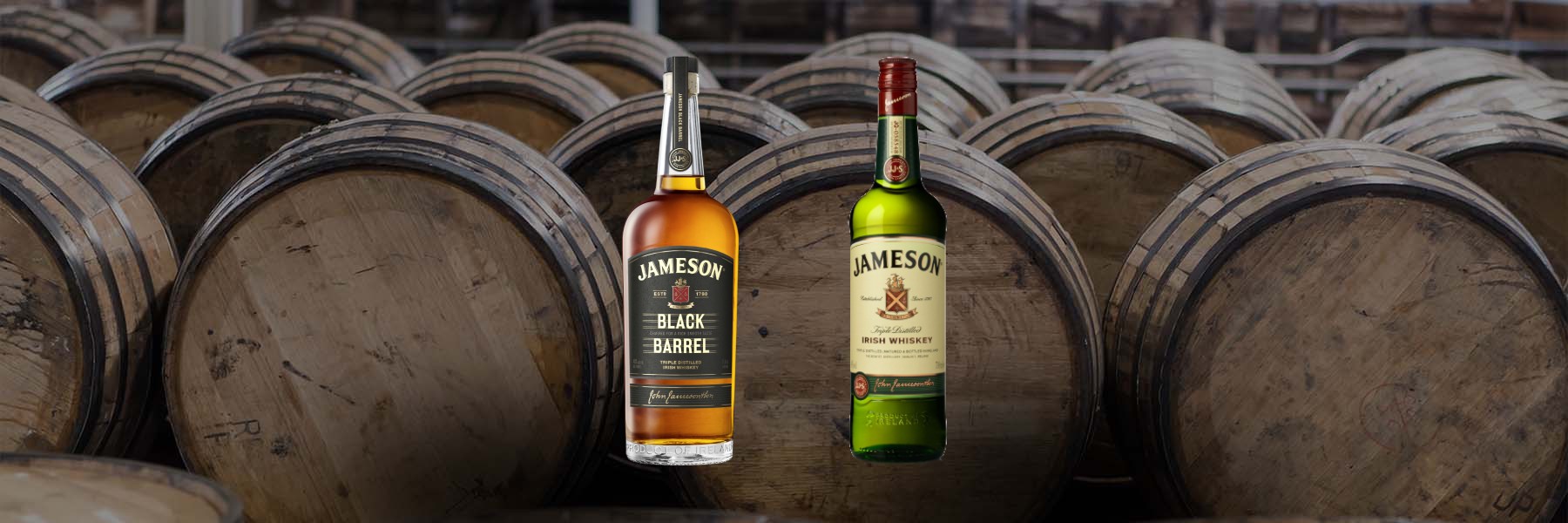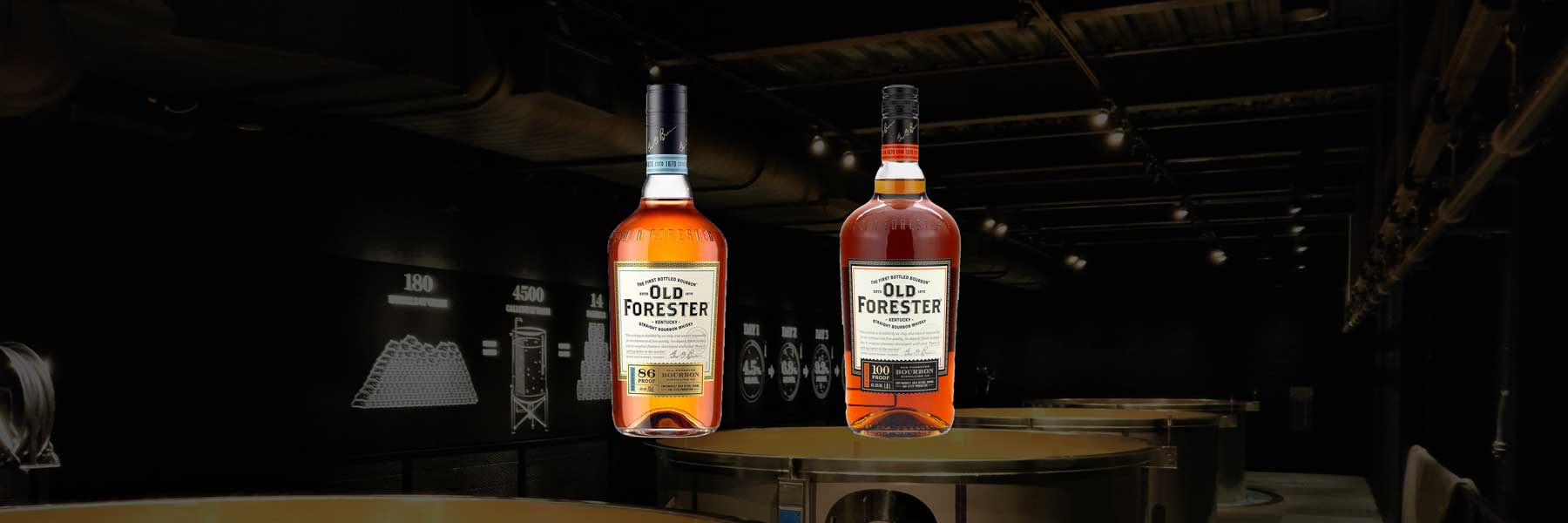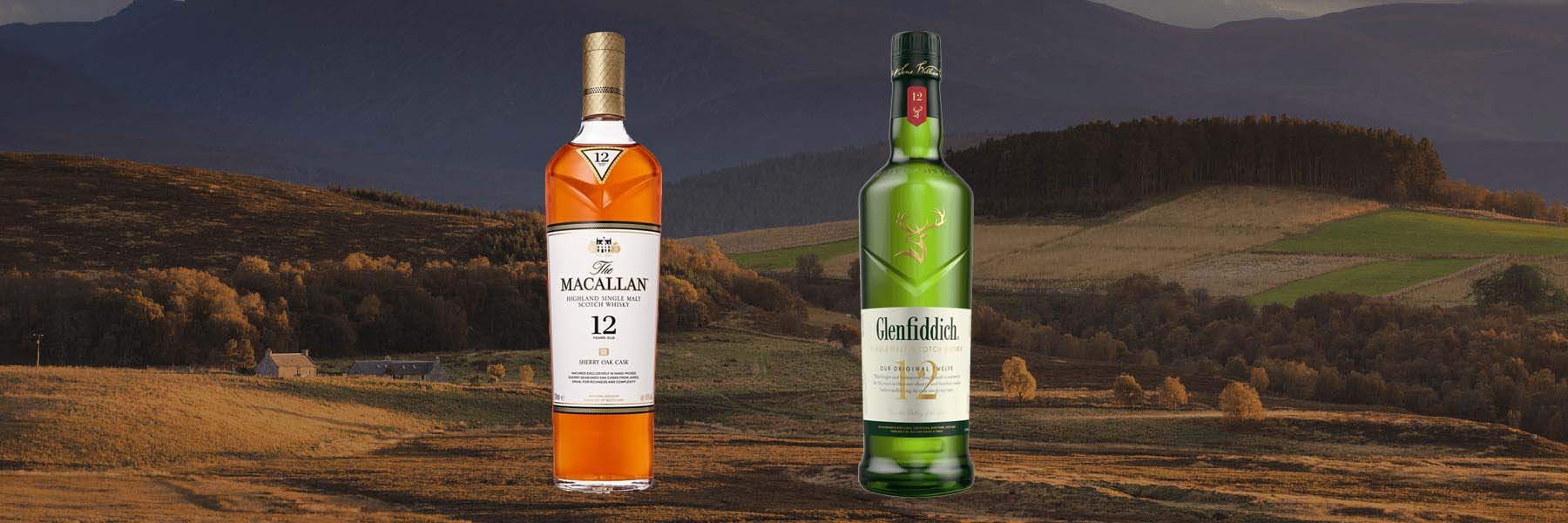Johnnie Walker 18 vs. Blue: A Connoisseur’s Dilemma
Johnnie Walker 18 and Blue—quite the big names from the Johnnie Walker brand.
Back in my college days, many of my friends were avid fans of Johnnie Walker and often introduced me to various expressions from this iconic brand. This early exposure sparked my appreciation for their exquisite range of whiskies.
Although I’ve always had a soft spot for their Black Label, my encounters with Johnnie Walker 18 and Blue Label have left an indelible mark on my taste preferences, each in their distinct manner.
Johnnie Walker 18, a blend aged for a minimum of 18 years, captivates with its sophisticated complexity. It’s like a conversation between sweet and smoky notes, where each sip reveals a new layer. This whisky resonates with me for its intricate balance of flavors – from mellow fruitiness to rich nuttiness, all underlined by a subtle smoky undertone. It’s a testament to the art of blending, offering a depth and richness that always leaves me wanting to explore more.
The Blue Label, however, operates in a league of its own. This blend includes some of the rarest whiskies, delivering an experience that’s both luxurious and profound. Its smoothness is unparalleled, with rich notes of chocolate, a hint of grassy freshness, and a gentle peaty smokiness.
Both the Johnnie Walker 18 and Blue Label have their unique appeals, making them stand out in the world of fine whiskies.
Curious to know which one I favor more?
I’ll reveal my personal choice between these two exquisite Johnnie Walker expressions.
Read on.
Johnnie Walker 18 vs. Blue: Quick-look Comparison
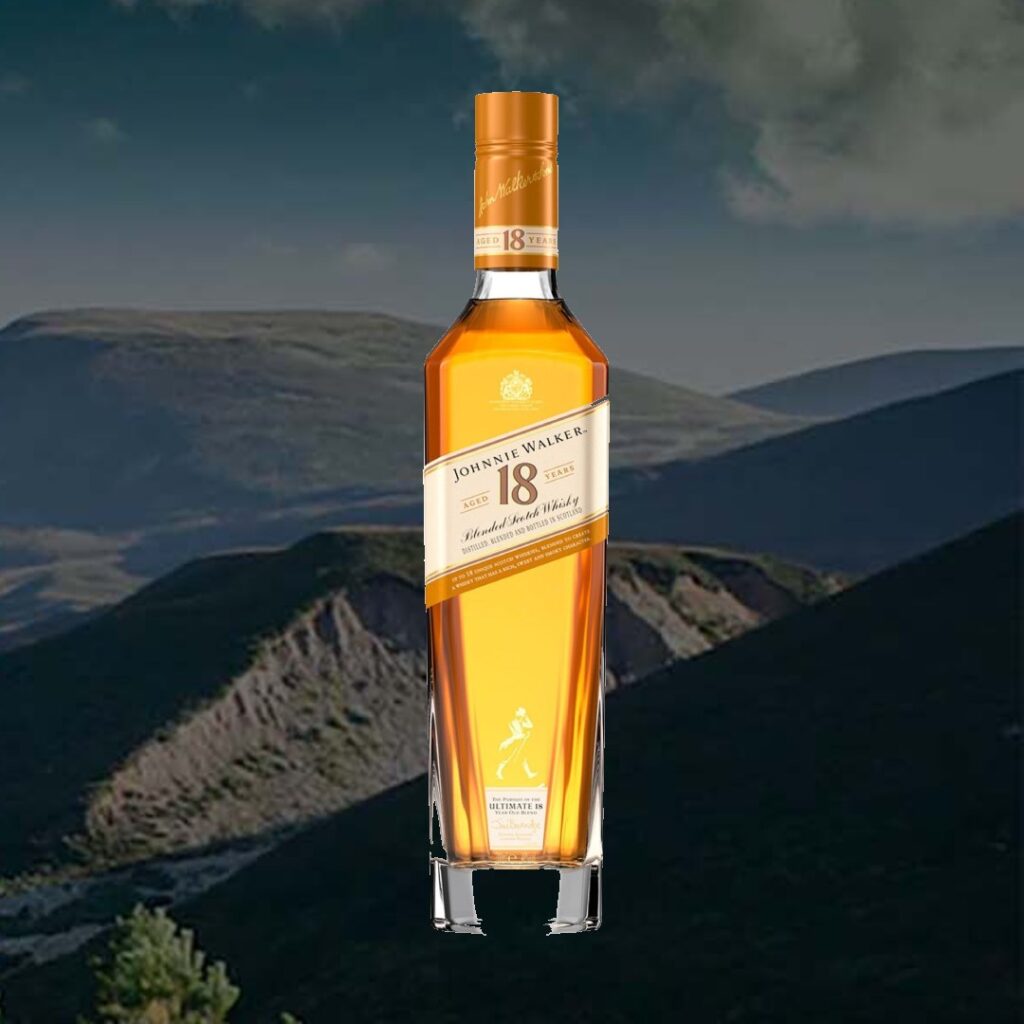
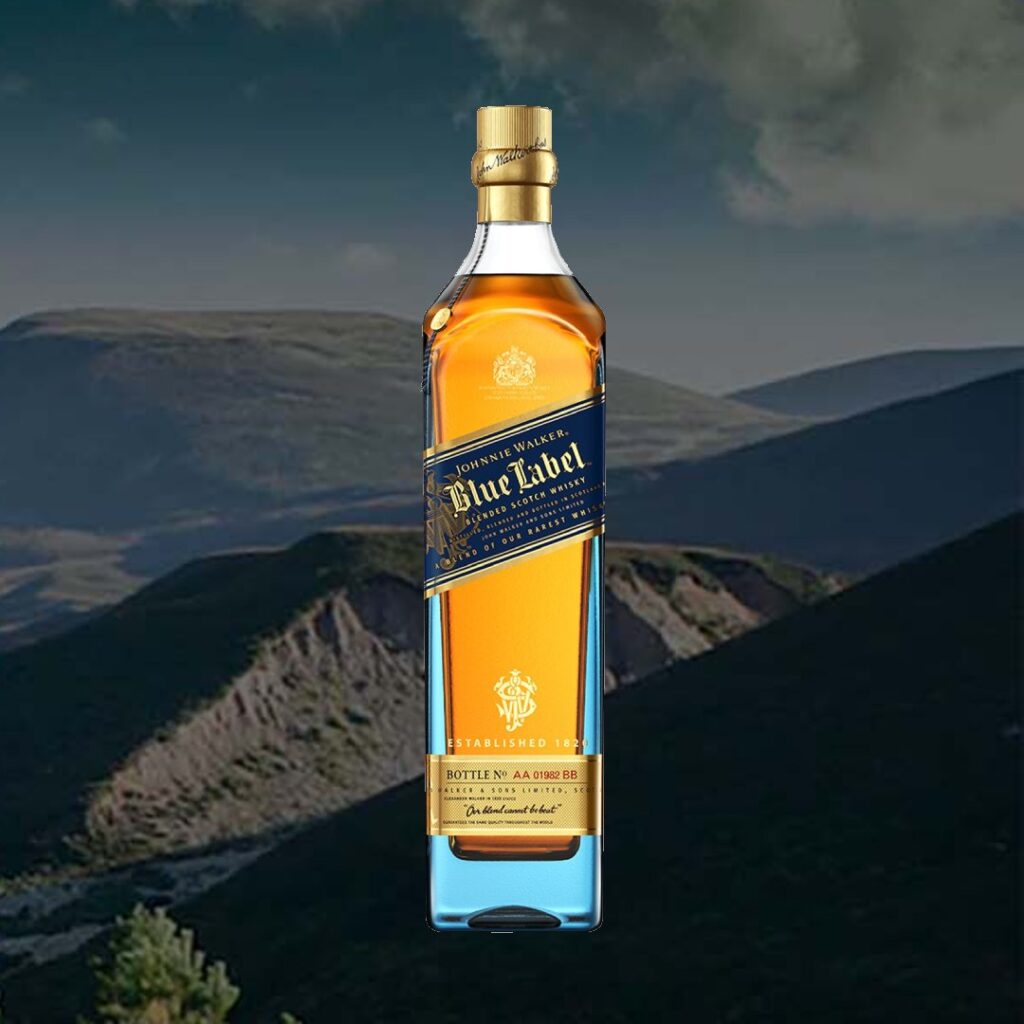
| Nose | Sweet, Nutty, Subtle Smoke | Nose | Honey, Citrus, Delicate Smoke |
| Palate | Dried Fruits, Nuts, Smoky Warmth | Palate | Chocolate, Vanilla, Subtle Peat Smoke, Spicy |
| Mouthfeel | Smooth, Moderately Rich | Mouthfeel | Velvety, Luxurious |
| Finish | Long, Warm, Smoky Aftertaste | Finish | Floral and Fruity, Longer, Smooth, Smoky Sweetness, Spice |
| Age | 18 years | Age | NAS |
| Cask/Barrels | Variety of Casks Including American Oak | Cask/Barrels | Blend of Rare Casks, Specific Types Not Disclosed |
| Strength | 40% ABV/80 Proof | Strength | 40% ABV/80 Proof |
| Price | £69.98/$88.9 | Price | £174/$222 |
Johnnie Walker 18 vs. Blue: Johnnie Walker 18-Year-Old Review
Here’s a breakdown of my experience with it, capturing its essence across various aspects.
Color
The first thing that strikes you about Johnnie Walker 18 is its inviting golden amber hue. It’s reminiscent of autumn leaves under a sunset, a visual promise of the rich experience to come.
Nose
The aroma is a captivating prelude to its taste. It greets you with a subtle blend of sweet fruit and gentle smoke. There’s a hint of vanilla and a touch of almond that makes it inviting.
It’s a fragrance that beckons you to dive deeper, promising complexity and balance.
Mouthfeel
On the mouth, the whisky is remarkably smooth. It’s neither too heavy nor too light, striking a perfect balance that makes it a pleasure to savor.
This smoothness is one of the key factors that contribute to its overall appeal.
Palate/Flavor
The flavors of Johnnie Walker 18 are as complex as they are satisfying. The initial sweetness of dried fruits and nuts evolves into a smoky warmth, indicative of its well-aged character.
There’s a subtlety to these flavors that speaks of the careful blending of whiskies, each aged for at least 18 years. This depth and balance of flavors are what makes it stand out.
Finish
The finish is long and lingering, with a pleasant warmth that stays with you. There’s a smoky aftertaste, but it’s mellow and not overpowering akin to the gentle yet profound smokiness found in an Oban 14 Year Old.
It leaves you with a sense of satisfaction and a desire to revisit the experience.
Alcohol per Volume (ABV)
At around 40% ABV, this whisky strikes a fine balance. It’s strong enough to carry the depth and complexity of flavors without overwhelming the palate.
This ABV level makes it an approachable option for both newcomers and seasoned whisky enthusiasts.
Price
Priced at approximately $88.9 or £69.98, Johnnie Walker 18 finds itself nestled comfortably in the mid-range of its siblings in terms of pricing.
This positioning reflects its premium nature, striking a balance between affordability and luxury. Given its quality and the rich experience it provides, this price tag seems quite fair.
It represents a worthwhile investment for those seeking a gratifying whisky experience without venturing into the highest price echelons.
In addition, Johnnie Walker 18 is a fantastic choice for those new to whisky, thanks to its balanced flavor profile and smooth finish. It’s not too challenging, yet it offers enough complexity to be thoroughly enjoyable.
For veterans, while it may not be the most intriguing whisky, its balance and depth make it a worthwhile to a solemn evening.
Personal Recommendation
I personally recommend enjoying it with a splash of water or on the rocks.
Adding a bit of water opens up the flavors beautifully, making it even more enjoyable.
And while drinking it on the rocks slightly mutes the complexity, offering a smoother, cooler sip.
Johnnie Walker 18 vs. Blue: Johnnie Walker Blue Label Review
Johnnie Walker Blue Label has always held a special place in my heart and on my shelf.
It’s a whisky that commands respect and admiration, not just for its name but for the experience it delivers.
Quick Trivia
Before we get into the details, did you know that Blue Label is sourced from Diageo’s exceptional reserves of aging malt and grain whiskies across four distinct regions:
- Highland
- Lowland
- Speyside
- Islay
—encompassing whiskies from even defunct ghost distilleries?
This wide range of sources, to which Johnnie Walker has exclusive access, contributes to its unique character and explains why there’s no specific type of cask disclosed.
Color
The Blue Label presents itself in a striking, deep amber color. It’s like looking into a pool of liquid gold, promising a rich and luxurious experience. This deep hue is a visual feast, setting the stage for what’s to come.
Nose
The aroma of Blue Label is an intricate tapestry of scents. There’s a harmonious blend of sweet honey, hints of citrus, and a delicate smokiness that entices the senses. This bouquet is complex yet not overwhelming, inviting you to delve deeper into its layers.
Mouthfeel
Sipping Blue Label is an experience in silkiness. It coats the palate smoothly, neither too heavy nor too light. This perfect balance in mouthfeel makes each sip a pleasurable experience, enhancing the overall enjoyment of the whisky.
Palate/Flavor
The palate of Blue Label is where its true character shines. There’s a symphony of flavors – from rich chocolate and vanilla to a subtle hint of smokiness, all interwoven with a slight spiciness.
Each sip reveals something new, a testament to the masterful blending of rare and aged whiskies like the Talisker, adding to its unique character and depth.
Finish
The finish is long, warm, and satisfyingly smooth. It leaves a lingering taste of smoky sweetness and a hint of spice, making the experience memorable. The finish is one of the key aspects that elevate Blue Label to its esteemed status.
Alcohol per Volume (ABV)
At around 40% ABV, Blue Label strikes an ideal balance. It’s strong enough to carry the richness and complexity of the flavors without overpowering them.
This ABV level contributes significantly to its smoothness and approachability, despite its complexity.
Price
Priced at around $222 or £174, Johnnie Walker Blue Label sits high in the price bracket. It’s a premium spirit that commands a premium price. This cost reflects its quality and the luxurious experience it offers, making it a worthy indulgence for those who appreciate fine whisky.
However, Blue Label might not be the best starting point for newbies, especially those on a tight budget. Its complexity and price point make it more suited for veterans of whisky drinking.
It’s the kind of whisky you reserve for special occasions, a treat that marks moments of celebration and significance.
Personal Recommendation
And to truly appreciate the Blue Label, I recommend first trying it neat. This way, you get to experience its full array of flavors and aromas as intended.
After savoring its initial impression, you might want to try it on the rocks. The slight dilution and chill can open up different aspects of its flavor profile, offering a new dimension to this exquisite whisky.
Johnnie Walker 18 vs. Blue: The Comparison
We’ve finally arrived at the much-anticipated comparison between Johnnie Walker 18 and Blue Label.
I’m quite enjoying this endeavor; it’s never an easy task, but I know you’re here to dive deep into the specifics.
Color Comparison
Johnnie Walker 18 exhibits a golden amber hue, reflective of its 18-year maturation process. This color suggests a blend that has been carefully aged, offering a visual hint of its complexity and richness.
Johnnie Walker Blue, in contrast, has a deeper, almost luxuriant amber color. This intensity speaks to its blend of rare whiskies, each contributing to a visually richer experience.
Nose Comparison
The nose of the Johnnie Walker 18 is a harmonious blend of sweet and smoky notes. It offers hints of vanilla and almond, balanced with a subtle smokiness, inviting exploration of its layered aroma.
Johnnie Walker Blue presents a more intricate bouquet. It combines sweet honey, citrus hints, and a delicate, yet more pronounced smokiness. This complexity in aroma sets it apart, indicating a more diverse blend of rare whiskies.
Mouthfeel Comparison
Johnnie Walker 18 has a smooth and moderately rich mouthfeel. It’s neither too heavy nor too light, making it approachable and enjoyable for a broad range of whisky enthusiasts.
In comparison, Blue Label offers a silkier, more velvety mouthfeel. This luxurious texture is a hallmark of its premium status and rare blend, catering to a more refined palate.
Palate/Flavor Comparison
The palate of Johnnie Walker 18 is characterized by a balance of dried fruits, nuts, and a smoky warmth, reflecting its aging process. It’s complex yet accessible, with a depth that unfolds gradually.
Blue Label’s palate is where it truly distinguishes itself. It features a richer and more intricate array of flavors, including chocolate, vanilla, and a subtle peat smokiness, interwoven with a hint of spiciness.
This complexity is indicative of its superior blending and choice of rare whiskies.
Finish Comparison
Johnnie Walker 18 offers a long, warm finish with a pleasant smoky aftertaste. It’s satisfying and leaves a lingering impression that is both mellow and engaging.
Blue Label, on the other hand, has a longer, smoother finish. The smoky sweetness and spice linger elegantly, making the experience more memorable and luxurious.
ABV Comparison
Both whiskies share a similar Alcohol By Volume (ABV) of around 40%, which is typical for premium blends. This ABV level is well-suited to their flavor profiles, offering strength without overpowering the palate.
Price Comparison
Price is a significant differentiator. Johnnie Walker Blue is priced around 2.5 times higher than the 18.
This substantial price gap can be a deciding factor. While the Blue Label offers a more luxurious experience, reflective of its cost, the 18 presents a more accessible premium experience.
If price is a major consideration in your selection, this disparity could be a deal-breaker.
Johnnie Walker 18 vs. Blue: Food Pairings
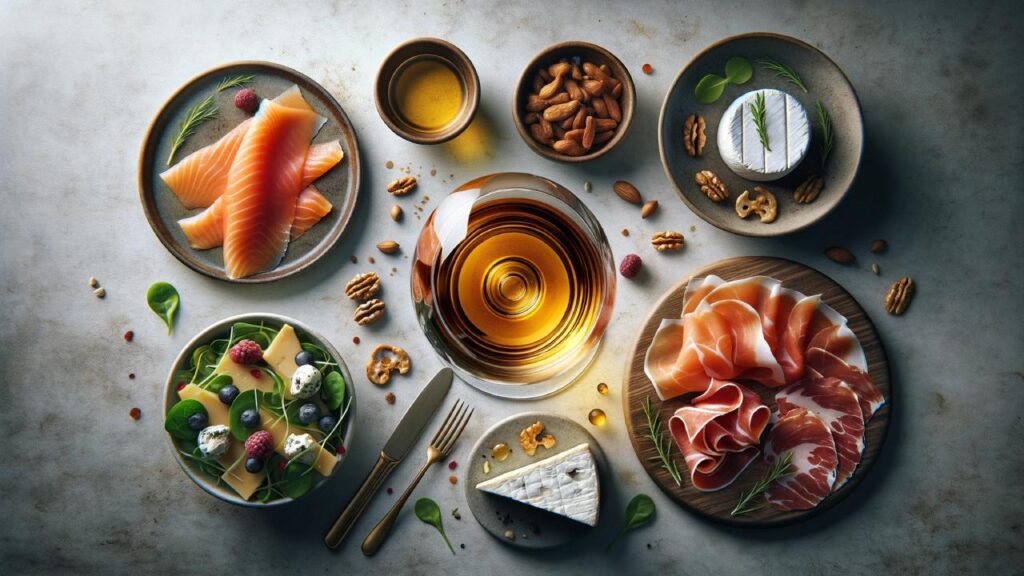
For starters with Johnnie Walker 18
The whisky’s balance of sweet fruitiness and subtle smokiness pairs wonderfully with appetizers. A plate of smoked salmon or cured meats like prosciutto complements the whisky’s smoky notes, while its sweet undertones are enhanced by the saltiness of these foods.
For a vegetarian option, consider a creamy goat cheese salad. The richness of the cheese pairs beautifully with the nutty and fruity notes of the whisky.
For main dishes with Johnnie Walker 18
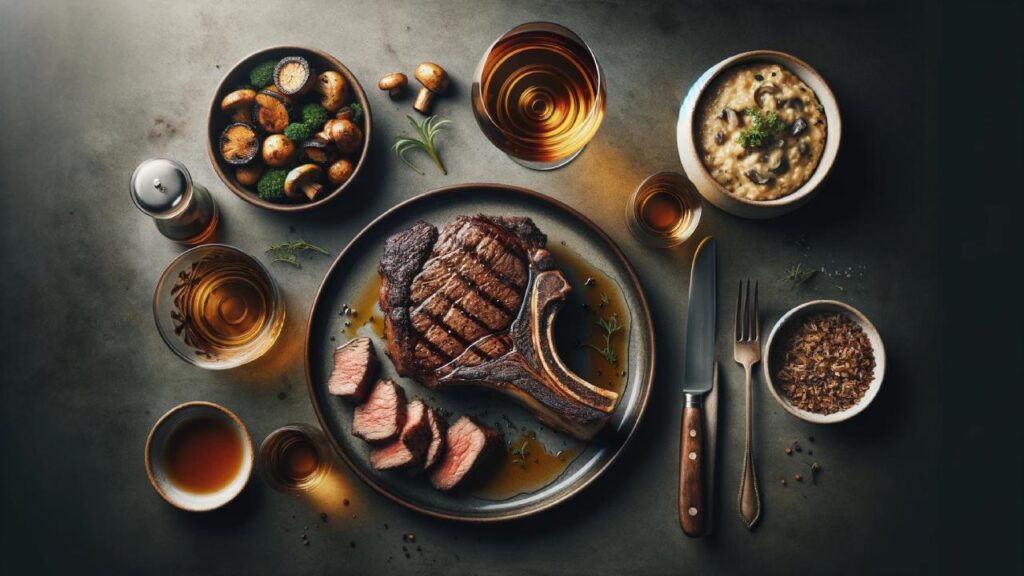
The complex flavors of the 18 lend themselves well to main courses like grilled or roasted meats. A perfectly cooked ribeye steak, with its rich flavors and succulent texture, harmonizes with the whisky’s depth.
For a lighter option, an herb-crusted roast chicken can bring out the whisky’s mellow fruitiness and smokiness. Vegetarian dishes like mushroom risotto also work well, with the earthy flavors complementing the whisky’s nutty and fruity notes.
For desserts with Johnnie Walker 18
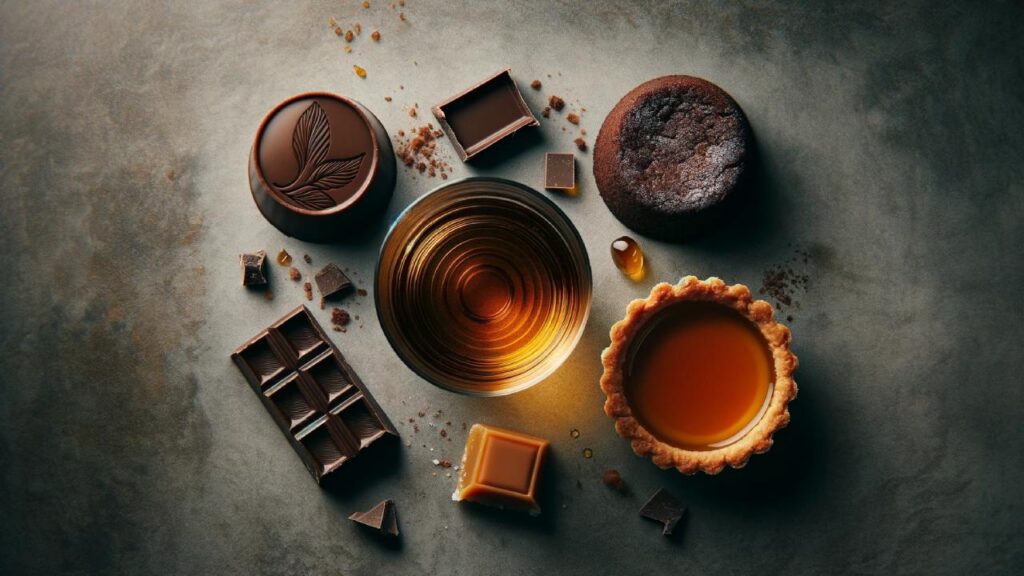
Desserts that feature chocolate or caramel are ideal. A dark chocolate fondant or a caramel tart will resonate with the whisky’s sweet and smoky character.
The bitterness of the chocolate and the sweetness of the caramel balances the whisky’s complexity beautifully.
For starters with Johnnie Walker Blue
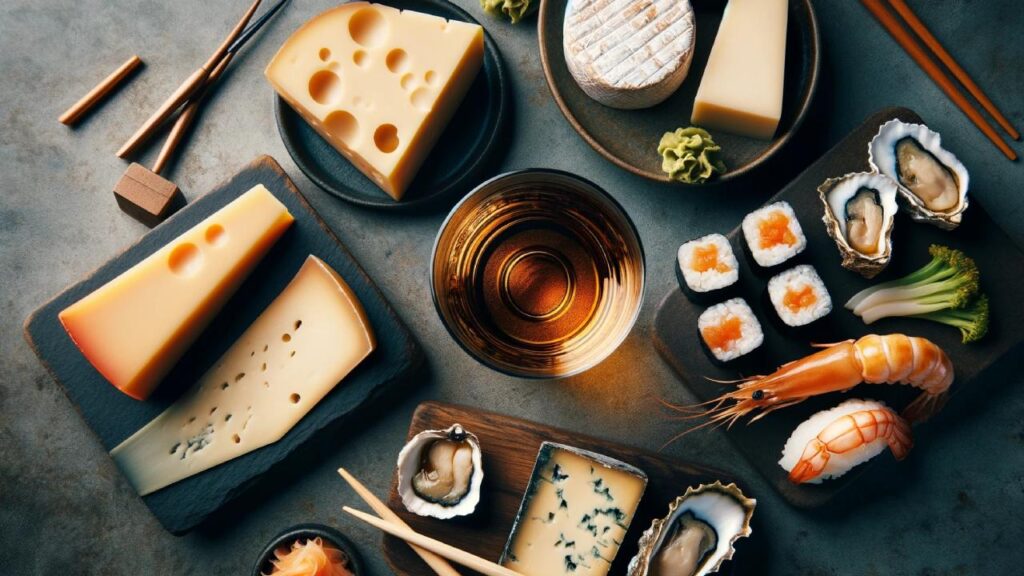
Given its luxurious nature, starting with high-quality cheeses, like aged cheddar or gouda, can bring out the whisky’s rich and velvety texture.
Seafood starters, such as oysters or sushi, can also be a great choice. The freshness of the seafood contrasts nicely with the whisky’s smoky and spicy notes.
For mains with Johnnie Walker Blue
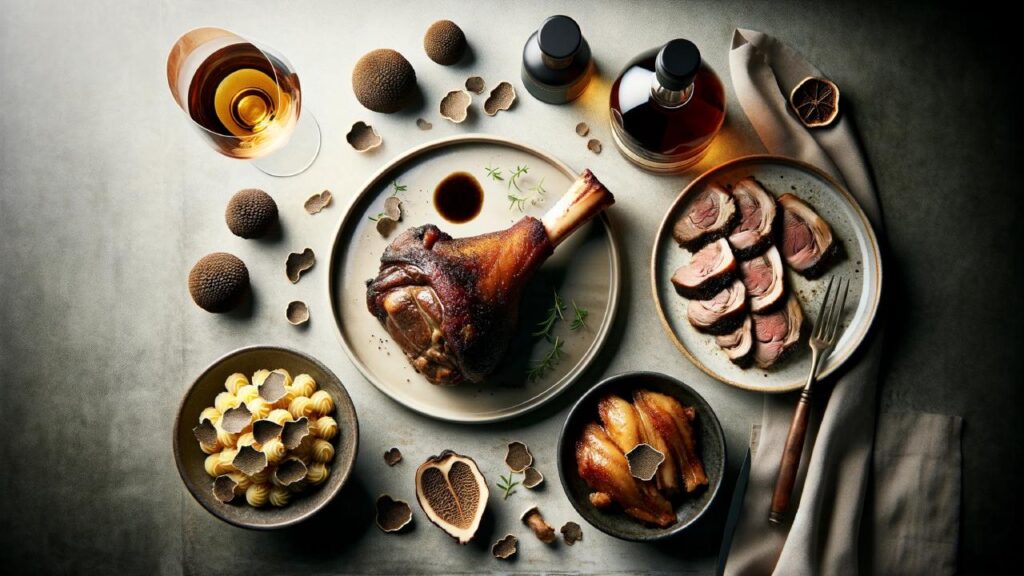
The Blue Label, with its intricate layers of flavors, pairs splendidly with sophisticated main courses. Consider a dish like lamb shank or duck confit, where the richness of the meat complements the whisky’s depth and smoothness.
For a vegetarian option, a truffle-based pasta dish can match the luxurious feel of the Blue Label.
For desserts with Johnnie Walker Blue
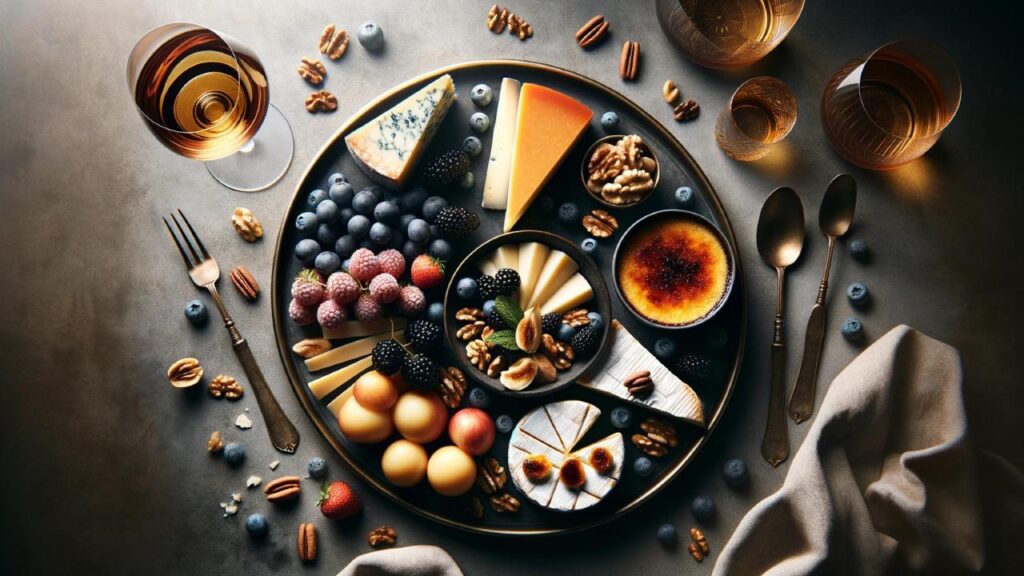
A dessert that is not overly sweet, like a cheese platter with nuts and fruits, can be a perfect ending.
Alternatively, a classic crème brûlée, with its creamy texture and caramelized top, can highlight the smooth and sweet characteristics of the whisky.
Johnnie Walker 18 vs. Blue: Final Thoughts
Hang tight because we’re on the cusp of the big reveal:
My personal preference between Johnnie Walker 18 and Blue Label.
I’ve ensured that my assessment is as impartial as possible, genuinely reflecting my firsthand experience with these two exceptional whiskies.
Below is a detailed table that quantifies each aspect of my tasting journey.
| Best | Johnnie Walker 18 | Johnnie Walker Blue |
|---|---|---|
| Colour | 6/10 | 7/10 |
| Aroma/Nose | 7/10 | 7/10 |
| Mouthfeel | 7/10 | 8/10 |
| Taste/Palate | 4/10 | 7/10 |
| Finish | 5/10 | 6/10 |
| Total | 29 | 35 |
This isn’t just about declaring a winner; it’s about guiding you through an analytical approach so you can make an informed decision for your future indulgences.
Does that sound good? Let’s get into it.
Johnnie Walker 18 vs. Blue: Author’s Verdict
When it came down to choosing between Johnnie Walker 18 and Blue Label, despite the significant price difference, my preference leaned towards the Blue Label, primarily influenced by their distinct characteristics.
The color of the Blue Label appealed to me more. Its deep amber was visually richer and denser compared to the lighter golden hue of the 18. This deeper color suggested a more intense and complex experience.
Both whiskies impressed me with their aromas. The 18 had a delightful balance of sweet and smoky notes, while the Blue Label offered a more intricate bouquet of honey, citrus, and smoke. Each had its charm, making it hard to choose a clear winner in this category.
The Blue Label had a slight edge in the mouthfeel. It felt smoother and more velvety on the palate compared to the 18, which was also smooth but didn’t quite reach the same level of silkiness as the Blue.
The Blue Label stood out for its palate. The rich flavors of chocolate, and vanilla, and the subtle smokiness were more pronounced and satisfying. It offered a complexity and depth that the 18, while pleasant with its blend of fruity and smoky notes, couldn’t match.
In terms of finish, the Blue Label also had a slight advantage. It left a longer-lasting impression with its blend of smoky sweetness and a hint of spice, compared to the 18’s simpler, yet pleasant finish.
Ultimately, my choice of Blue Label over the 18 was influenced by these sensory experiences. While the 18 was enjoyable and had its strengths, the Blue Label provided a more fulfilling experience overall.
The depth of its color, the complexity of its nose, the smoothness of its mouthfeel, the richness of its palate, and the lingering satisfaction of its finish all contributed to this decision.
The Blue Label had the upper hand all the time.
Despite its higher price, the Blue Label delivered a more memorable and indulgent whisky experience, which, for me, justified the cost.


